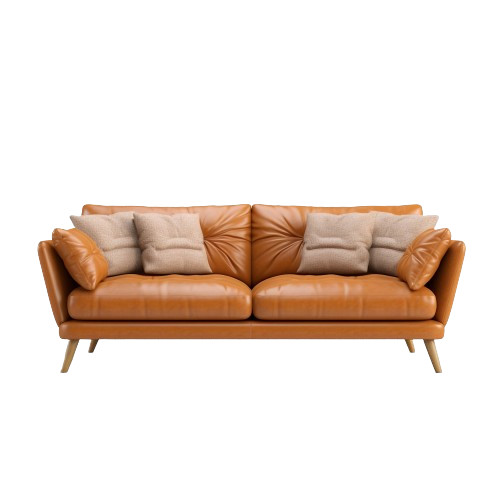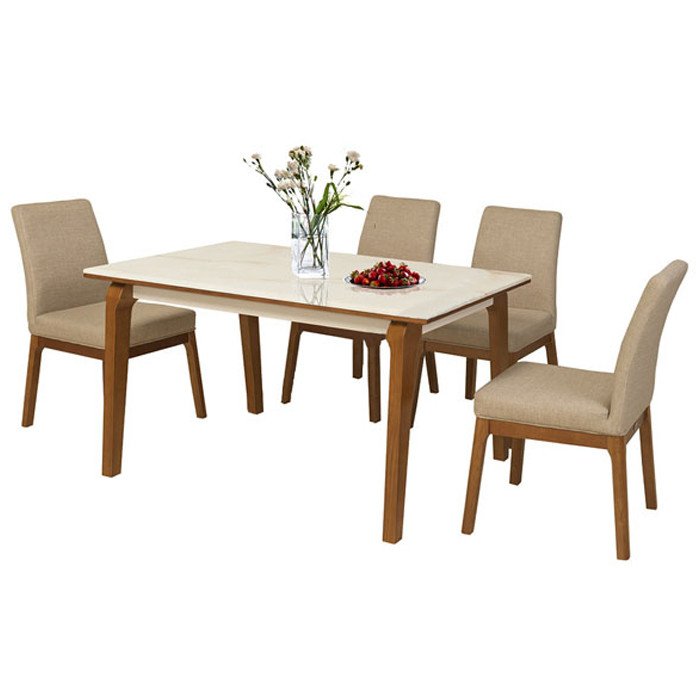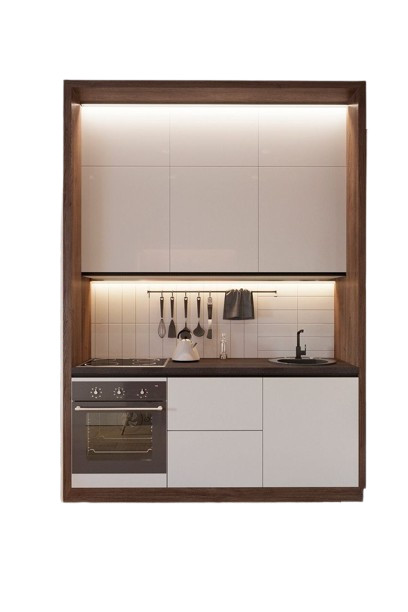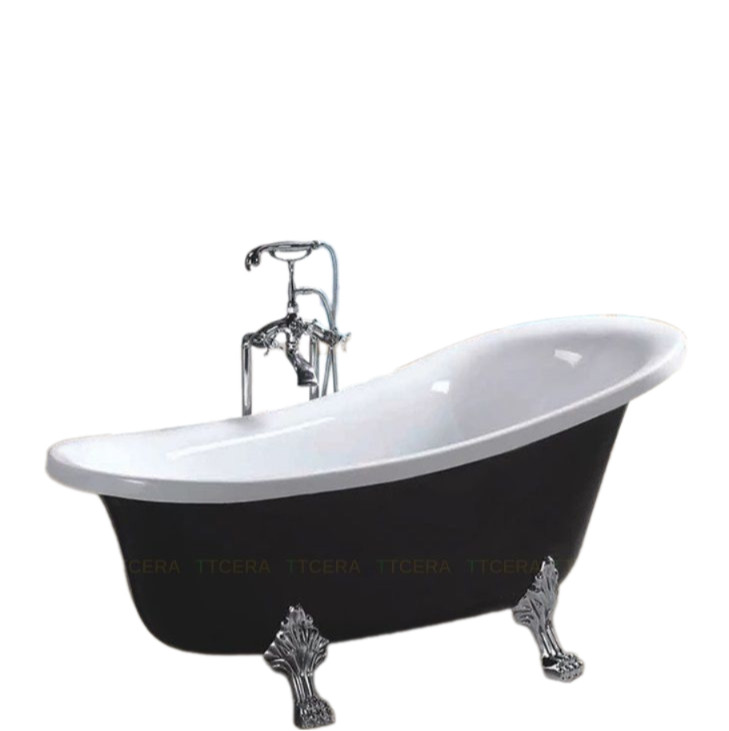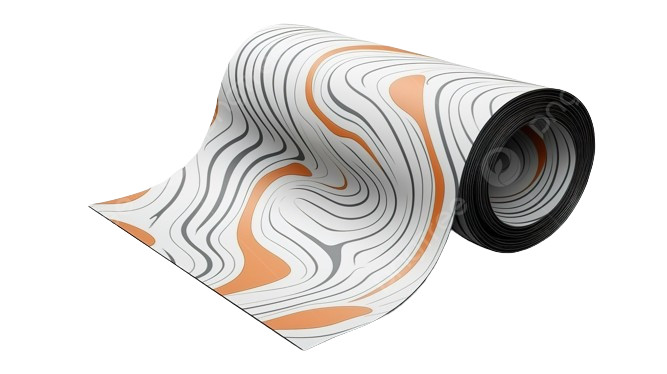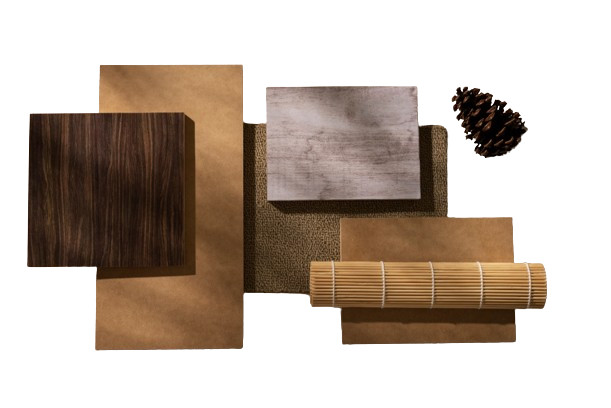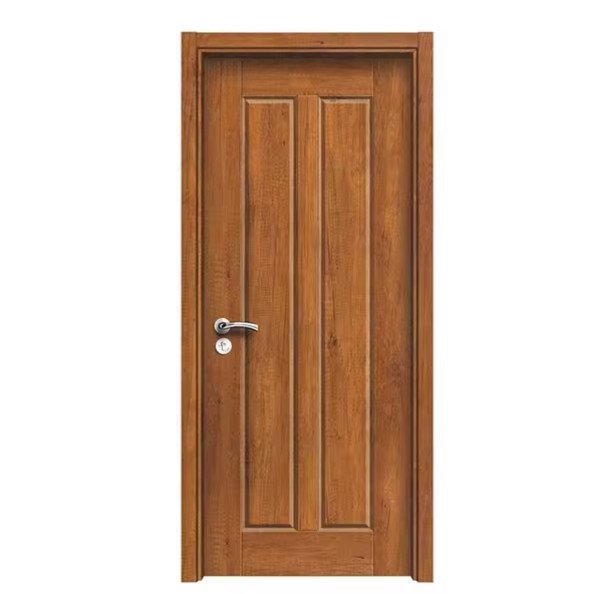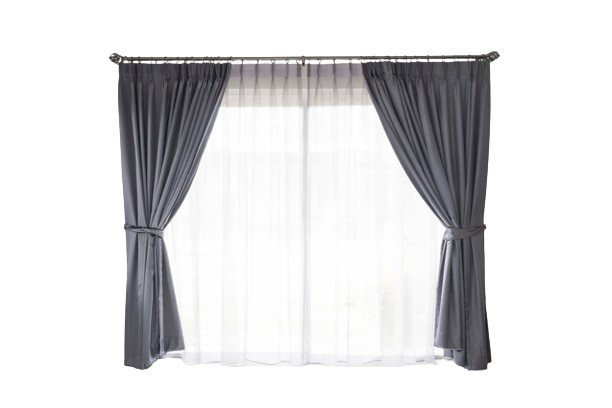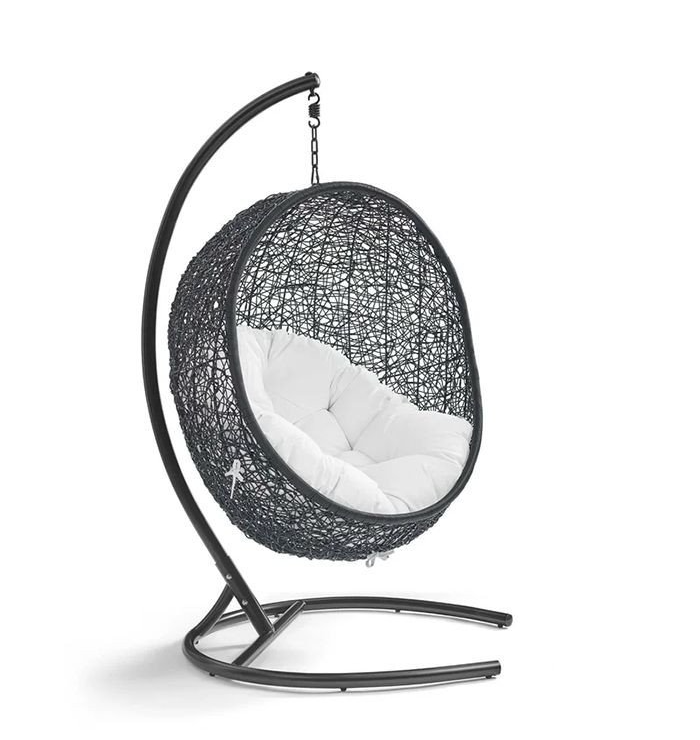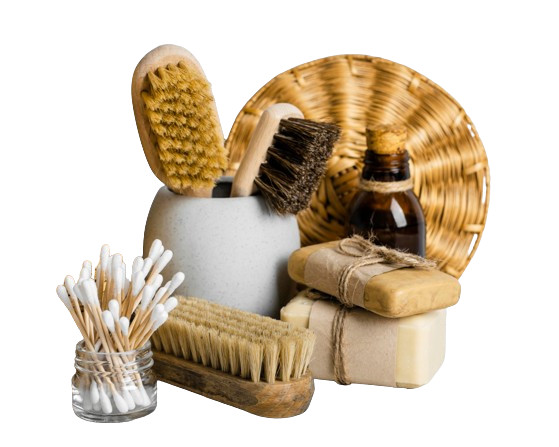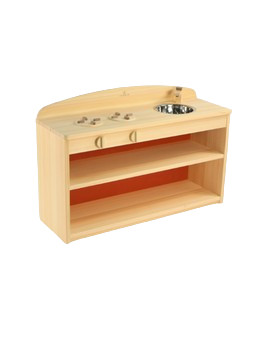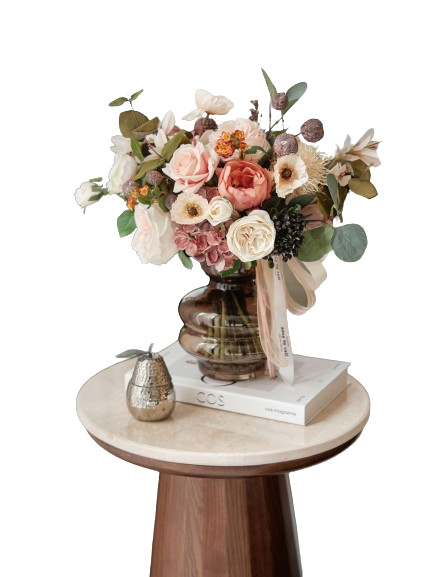SECRETS IN JAPANESE TATAMI WASHI PAPER
I. What is Tatami?
- Tatami (Chinese: 畳) is a traditional Japanese collapsible washi covering the floor. In Japanese, "Tatami" (畳) is derived from the verb "Tatamu" which means "to fold", "to fold", and is used to refer to thin objects used for lining, spreading, or folding.

II. Structure, material, and size of Tatami washi
1. Structure
A Tatami washi consists of three parts: the core (畳床), the cover (畳表), and the rim (縁).
- Washi core: The traditional tatami mat with a thickness of about 5cm is made of dry straw by the Japanese, but today it is replaced by artificial plywood, and styrofoam, ... lighter and cleaner.

- The edge of the washi: used to join the two parts together, made from cotton, linen, silk, etc. To increase aesthetics, the Japanese dyed colors and printed patterns to create a different beauty. for the room.

- Washi cover: quite thin, knitted by the Japanese from Igusa grass (wicker grass) or sedge wrapped around the core of the mat. The cover can be used on both sides and can be replaced when it gets old. The lifespan of a passport is 3-5 years.
2. Material of tatami washi
To increase durability and insulation, the core is made of tightly pressed dry straw or uses chemical fibers instead of straw. The outer sheath is made of sedge and is sealed with embossed woven or plain fabric, typically green or black.

Because of its natural material, cockroaches and bugs prefer to live on the tatami. The most common method for cleaning tatami is to use a wet cloth and let it dry. As a result, every 3 to 5 years, people will replace the outer layer of their sedge mat or purchase a new tatami.
3. Size of the tatami washi
A Japanese tatami's standard size is 2:1 (length twice the width), with a base size of 955mm x 1910mm, 55mm thick by Kyoto standards, and is also known as Kyouma Tatami. However, some areas of Japan have different sizes, such as Nagoya, which is 910mm x 1820mm and is known as adenoma tatami, whereas Tokyo is 880mm x 1760mm and is known as Edoma or Kantouma Tatami.

In addition to the rectangular tatami, there is a 1:1 square type called Hanjour and a 3:2 tatami style called daimedatami that is commonly used in tea rooms.
III. Where to buy Tatami washies?
The Adorn Museum is a must-see for anyone interested in Japanese interior design. We are committed to exceeding our customers' expectations of quality under the leadership of 100% Japanese CEOs!


